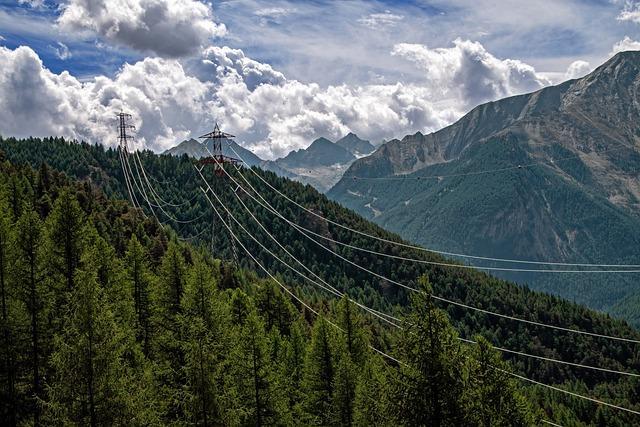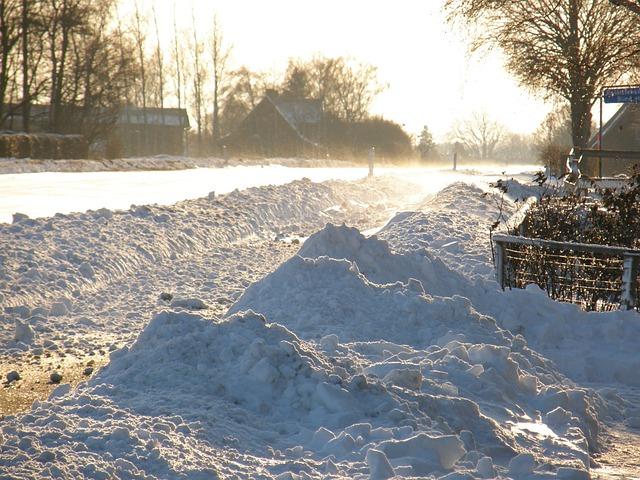Trees play a crucial role in the health and stability of ecosystems, providing a wide range of benefits such as carbon sequestration, habitat for wildlife, and erosion prevention. However, the practice of tree removal has become increasingly common due to factors such as urban development, agriculture, and logging. In this article, we will explore the impact of tree removal on ecosystems, examining how it can disrupt the delicate balance of local ecosystems and lead to a variety of environmental consequences.
Trees play a crucial role in ecosystems, providing a wide range of benefits that support biodiversity, soil health, and nutrient cycling. When trees are removed from an area, either through deforestation or logging, it can have far-reaching effects on the surrounding environment. One of the most immediate impacts of tree removal is the loss of habitat for numerous plant and animal species. This can lead to a decrease in biodiversity and disrupt the delicate balance of the ecosystem.
Furthermore, the removal of trees can also have implications for soil health and nutrient cycling. Trees play a key role in nutrient cycling, absorbing nutrients from the soil and releasing them back when they decompose. When trees are removed, this cycle is disrupted, leading to potential nutrient deficiencies in the soil. This can affect the growth of other plants in the area and further exacerbate the impacts on biodiversity.
It is crucial to mitigate the negative impact of tree removal through sustainable practices for forest management. This includes replanting trees in deforested areas, practicing selective logging rather than clear-cutting, and implementing conservation measures to protect natural habitats. By taking a proactive approach to forest management, we can help ensure the long-term health and sustainability of ecosystems post-tree removal.
Q&A
Q: What is the impact of tree removal on ecosystems?
A: Tree removal can have many negative impacts on ecosystems, including habitat loss for wildlife, disruption of nutrient cycles, and increased soil erosion.
Q: How does tree removal affect wildlife?
A: Tree removal can cause habitat loss for wildlife species that rely on trees for food, shelter, and nesting sites. This can lead to population declines and even extinction for some species.
Q: What is the impact of tree removal on nutrient cycles?
A: Trees play a crucial role in nutrient cycling in ecosystems. When trees are removed, the cycling of nutrients like carbon, nitrogen, and phosphorus can be disrupted, leading to imbalances and nutrient deficiencies in the ecosystem.
Q: How does tree removal contribute to soil erosion?
A: Trees help stabilize soil with their roots, so when trees are removed, there is an increased risk of soil erosion. Without trees to hold the soil in place, erosion can occur more easily, leading to loss of topsoil and degradation of the ecosystem.
Q: Are there any benefits to tree removal?
A: In some cases, selective tree removal can be beneficial for managing forests and promoting biodiversity. However, clear-cutting or large-scale tree removal can have significant negative impacts on ecosystems.
Conclusion
the removal of trees can have a significant impact on ecosystems, affecting biodiversity, soil erosion, water quality, and climate regulation. It is important for us to carefully consider the consequences of tree removal and seek sustainable solutions to mitigate its effects on the environment. By understanding the interconnected nature of ecosystems and valuing the crucial role that trees play, we can work towards preserving and restoring our natural world for future generations. Let us strive to protect our forests and the intricate web of life they support. Thank you for reading.
Simpsons Tree Services, Servicing Melbourne’s North Eastern Suburbs
Book a quote online at www.simpsonstrees.com.au




